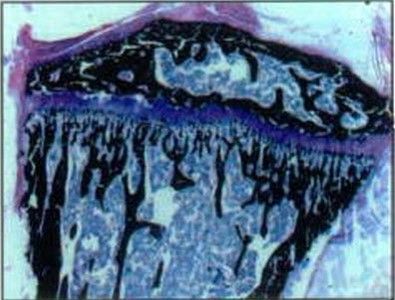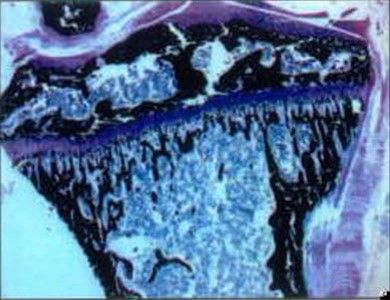Research Findings
CB1 & CB2 Receptors in the skeletal system and nerve terminals have been shown to prevent age related bone loss and stimulate bone growth


Research
Skeletal Lipidomics
Skeletal lipidomics: Regulation of bone metabolism by fatty acid amide family
Long-chain Polyunsaturated
Long-chain polyunsaturated fatty acids may mutually benefit both obesity and osteoporosis.
Regulation of Bone Mass
Regulation of bone mass, bone loss and osteoclast activity by cannabinoid receptors.
Peripheral Cannabinoid Receptor
Peripheral cannabinoid receptor, CB2, regulates bone mass.
Natural Products as Alternative Treatments
Natural products as alternative treatments for metabolic bone disorders and for maintenance of bone health.
Endocannabinoids and The Regulation
Endocannabinoids and the regulation of bone metabolism.
The Endovanilloid System
The endovanilloid/endocannabinoid system in human osteoclasts: Possible involvement in bone formation and resorption.
Endocannabinoid System
The endovanilloid/endocannabinoid system: A new potential target for osteoporosis therapy.
Cannabinoids & The Skeleton
Cannabinoids and the skeleton: From marijuana to reversal of bone loss.
Cannabinoid Receptor
Cannabinoid receptor type 1 protects against age-related osteoporosis by regulating osteoblast and adipocyte differentiation in marrow stromal cells.
Receptors as Target
Cannabinoid receptors as target for treatment of osteoporosis: A tale of two therapies.
Cannabidiol decreases Bone Resorption
Cannabidiol (CBD) is a cannabinoid component from Cannabis sativa that does not induce psychotomimetic effects and possess anti-inflammatory properties.